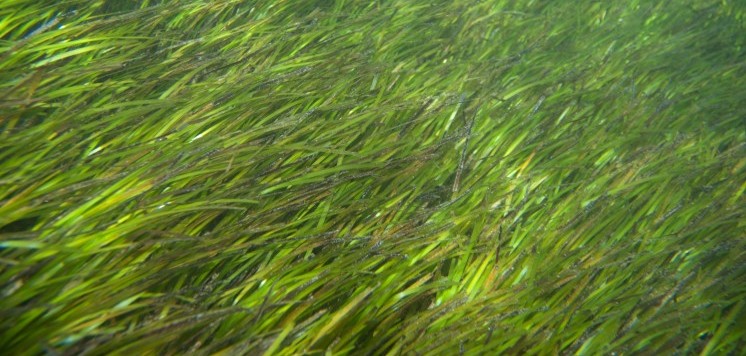
New England is currently seeing the effects of a pollution problem that the United States is already far too familiar with: Oceanic Dead Zones. This phenomenon, which is caused by excess amounts of Nitrogen in the water, is the result of recent human activity. It is similar to many of the pollutant-related issues which the Earth faces today. However, this particular issue differs in that much of the country’s pollutants have been greatly subdued as a result of government enforcement and legislation such as the Clean Water and Clean Air Act. But these implementations were almost solely responsible for point-source pollution, which is pollution that can be traced back to a single source, such as a factory dumping material into a river. But he issues we now face are often the result of non-point source pollutants. This results in more pollution that is harder to trace and therefore harder to control and eliminate.
Most of these non-point sources can be attributed to the fertilizers used to increase crop yield as well as human and animal waste from septic tanks and wastewater management systems. Though these are seemingly beneficial and harmless practices, they are also a large component in the massive amounts of Nitrogen and Phosphorus introduced into streams that then find themselves flowing into oceans, carrying along all of the plant-nutrient Nitrogen picked up along the way. This may sound like a good thing for areas such as The Chesapeake Bay and Cape Cod that are now suffering from mass loss’s of aquatic life. But too much of a good thing is definitely bad in this particular case.
The result, initially, is rapid plant growth, but as more plants grow more plants die. At first, this may be no big deal, but after this carries on for too long, more and more bacteria develop to decompose the dying algae. These bacteria aerobically decompose the plant life. In turn, the area is depleted of oxygen. Animal life cannot thrive and therefore the carbon dioxide is not available for the plant life, which creates hypoxic (low oxygen) conditions where relatively none of the natural life can survive.
This loss of seagrass has impacted the habitats of many coastal species as well as impacting the economy and lifestyle of coastal cities. As a result, grassroots organizations are springing up to fight the hypoxia, which is threatening much of the world’s coastlines. These campaigns often centralize around limiting Nitrogen as much as possible by reducing the sources and keeping in tact the Earth’s natural environmental buffers.
Dead Zones have devastated the Southern Gulf area for years, so this is an issue that the country is very much aware of. And the question for many years was ‘what was causing all of this?’ But the problem has been identified and now the only decision is coming up with the best solution before too much is lost. Southern New England has lost over half of the grass beneficial to its way of life, both human and animal. The longer these conditions persist, the more detrimental and irreversible the effects of the hypoxia will become.
By Daniel Robinson

